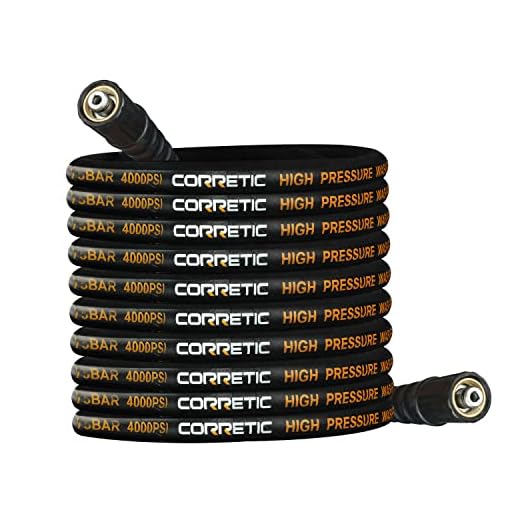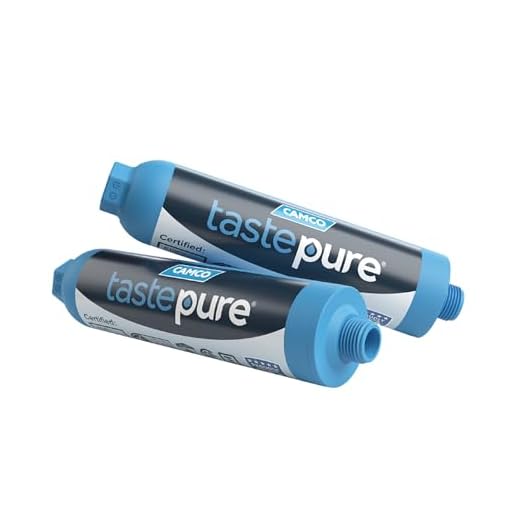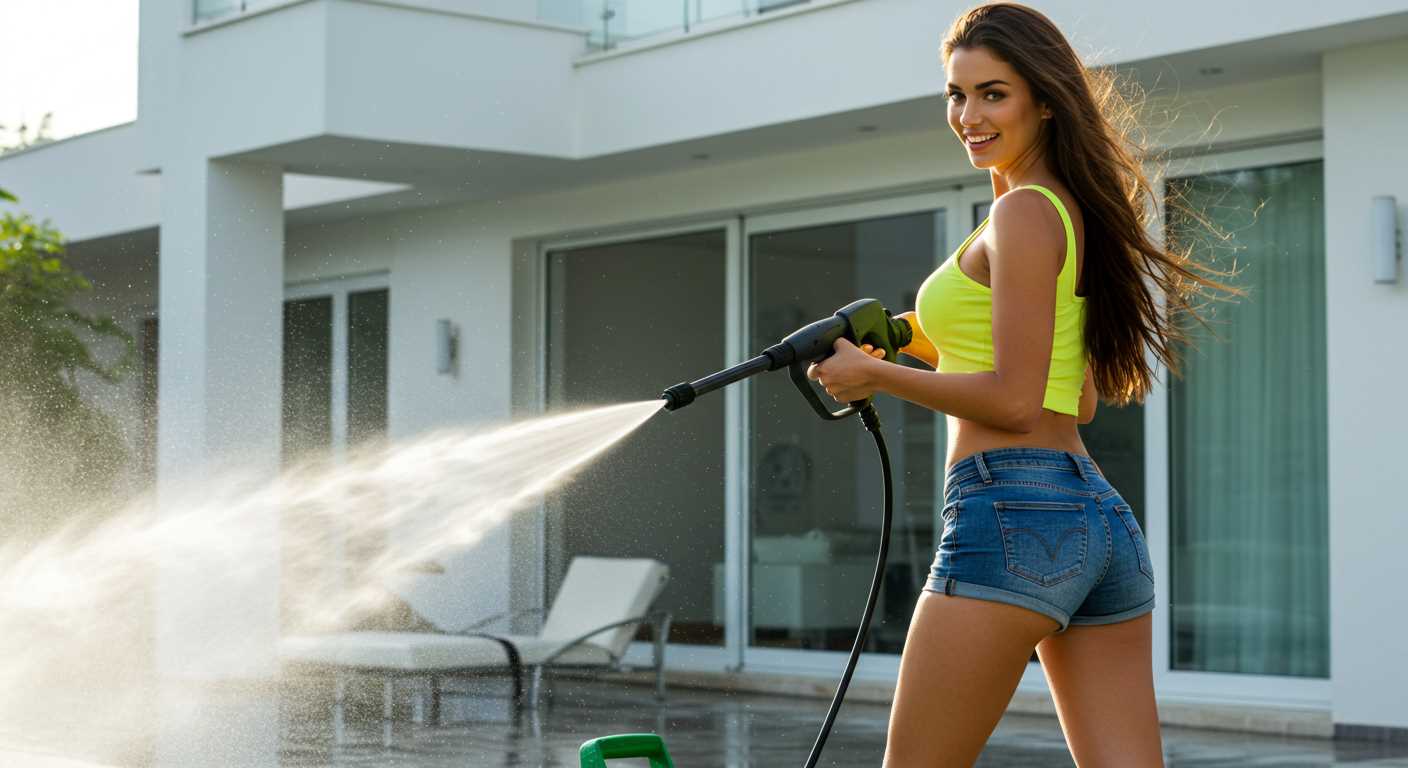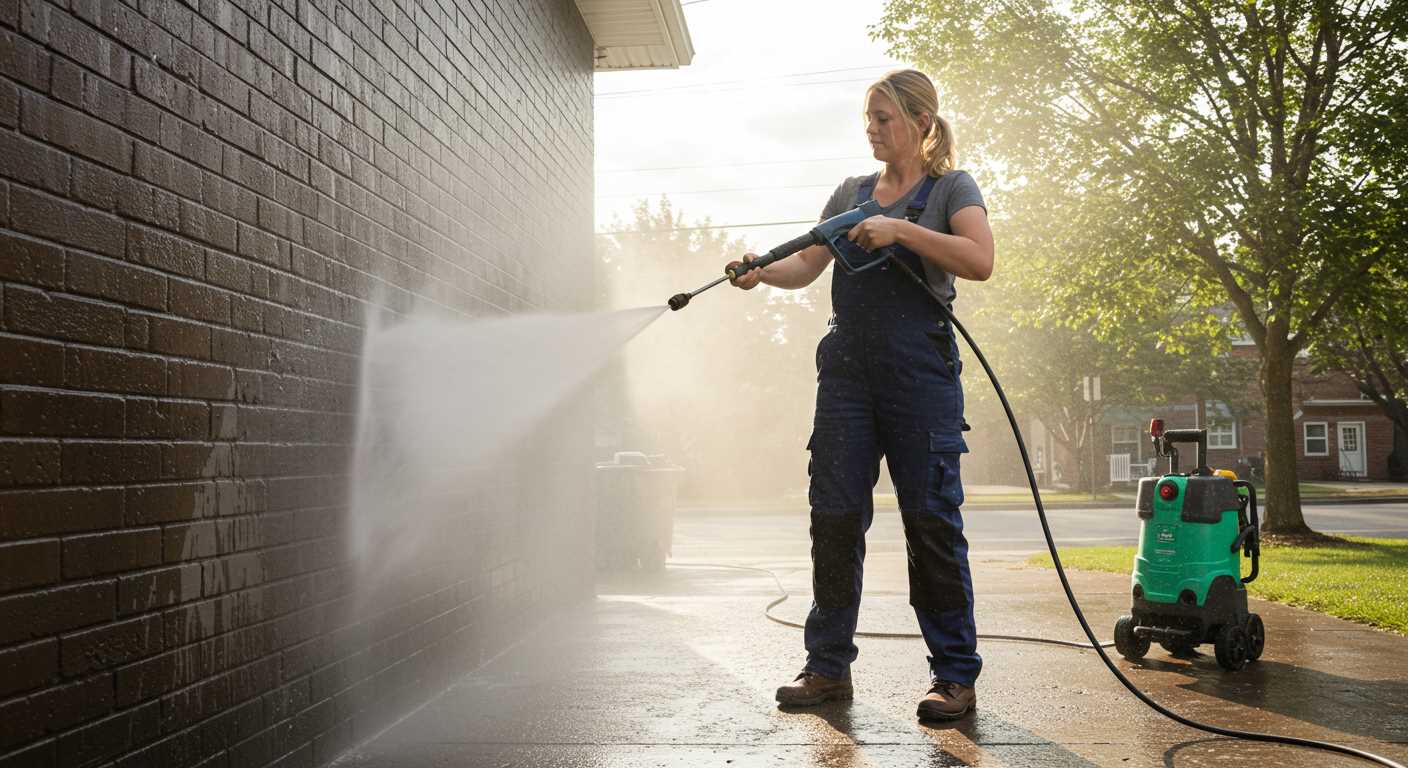



Check for a clogged nozzle first. This is a common issue that can significantly hinder performance. Inspect the spray tip for debris or mineral build-up. A thorough cleaning may help restore full force.
Next, examine the hose. Look for kinks, bends, or cracks. Any damage here can restrict water flow and diminish the effectiveness of the unit. Replace any worn or damaged sections to ensure optimal function.
Assess the water supply too. A low-pressure water source or a malfunctioning tap can directly impact the output. Ensure the connection is secure and the water is flowing freely without interruptions.
Inspect the inlet filter. If it’s dirty or blocked, it can lead to reduced efficiency. Clean or replace the filter based on its condition, allowing for better water intake and pressure levels.
Finally, evaluate the pump. Listen for unusual sounds that may indicate wear or internal issues. In such cases, consider consulting a professional for a more in-depth analysis and potential repairs.
Reasons for Reduced Performance
Start with checking for clogs in the nozzle or hose. Over time, dirt and debris can accumulate, leading to diminished flow. Clean or replace the nozzle if needed.
Inspect the water supply. Ensure that the tap is fully open and that the hose isn’t kinked or blocked. Any obstruction can significantly affect fluid movement.
Examine the Inlet Filter
Take a close look at the inlet filter. This part can trap sediment, causing a decrease in output. Rinse it thoroughly or replace it to restore optimal functionality.
Evaluate the Piston Seal

Inspect the piston seal for wear or damage. A compromised seal can lead to leaks, resulting in insufficient force. If it appears degraded, replacing it may resolve the issue.
Don’t forget to check the electrical connections if your unit is electric. Ensure the motor is working efficiently, as electrical issues can impact the pump’s performance.
Lastly, consider the temperature of the water used. Using water that’s too hot or too cold can lead to inefficient operation. Follow the manufacturer’s guidelines for temperature settings to maintain peak performance.
Identifying Issues with the Hose and Connections

Check for kinks and bends in the hose. These can restrict the flow of water and lead to inadequate output. Inspect the entire length of the hose for any signs of damage or wear that could compromise its performance.
Ensure all connections are tight and not leaking. Loose fittings can allow water to escape, which dramatically reduces the force at the nozzle. Use a wrench or pliers to secure connections, but be cautious not to overtighten and cause damage.
Examine the hose for any blockages or debris. Sometimes, dirt and small particles can get lodged inside, hindering water flow. If you suspect a blockage, detach the hose and flush it out with water. A garden hose can be effective for this purpose.
Verify that the inlet filter is clean. Located at the base where the hose connects to the machine, a clogged filter can restrict water intake. Regularly remove and rinse it to maintain optimal performance.
Inspect for any cracks or holes in the hose. Even small imperfections can lead to significant loss of water flow. If you find any damage, replacing the hose might be the best option to restore functionality.
Lastly, consider the type of hose you’re using. Some hoses are simply not designed to withstand high pressures. Opt for hoses specifically meant for this purpose to avoid performance issues.
Examining the Water Source and Supply

Check the water supply first. Make sure the tap is fully open and that water flows freely. Any obstruction can cause significant declines in performance.
Assessing the Source
- Inspect the hose connected to the tap for kinks or damage that might reduce water flow.
- Ensure you’re using the right diameter hose for optimal flow rates; narrower hoses limit water supply.
- If utilising a rainwater collection system, confirm that the tank is filled and the pump is functioning correctly.
Water Quality Considerations
- Examine for impurities that could clog filters. Debris in the water supply can lead to performance issues.
- Regularly clean or replace any in-line water filters; a blocked filter restricts flow significantly.
If everything seems in order with the supply, consider testing the water pressure at the source. A pressure gauge can help identify if the readings meet the operational requirements of your cleaning device. Low supply pressure might necessitate adjustments to your equipment or sourcing more reliable water lines.
Checking the Pump Performance and Condition
Inspect the pump for any signs of damage or wear. Look for cracks, leaks, or corrosion that could affect its operation. A damaged pump can significantly reduce water flow and operational capacity.
Monitor the pump’s noise during operation. Unusual sounds, such as grinding or excessive rattling, can indicate internal issues. If these noises arise, a detailed examination may be necessary.
Check the inlet filter for blockages. A clogged filter prevents water from entering the pump efficiently. Clean or replace the filter as needed to ensure a clear pathway for water intake.
Verify the pump’s pressure rating against the manufacturer’s specifications. Any deviations may signal a malfunction. Regularly assess the performance to ensure it meets expected standards.
Inspect the seals and O-rings within the pump assembly. Worn or damaged seals can lead to leaks, negatively impacting performance. Replace any defective parts promptly to restore normal functioning.
Consider the operating temperature. Overheating can occur if the pump runs for extended periods without breaks. Allow the unit to cool periodically to prevent heat-related damage.
Evaluate the power supply to the pump. Ensure that the voltage and current are adequate for optimal operation. Low power can result in insufficient pump performance.
Perform routine maintenance checks. This includes lubricating moving parts and ensuring all components are free from obstructions. Regular upkeep extends the life of the pump and improves overall functionality.
Assessing the Nozzle and Spray Gun Functionality
Examine the nozzle for clogs or damage that could be impeding water flow. Remove and inspect it carefully; any obstructions can drastically reduce output. Clean with a needle or small wire if you spot debris.
The spray gun should operate smoothly without any leaks or damage. Check the trigger mechanism; ensure it engages properly and that the seal isn’t worn. If any components look degraded, consider replacing them to restore functionality.
Adjusting the nozzle to the correct setting can also enhance the output. Test different spray patterns to see if they produce a stronger stream. If the stream remains weak, this could indicate a deeper issue in the water delivery system.
Finally, ensure that all connections between the nozzle, spray gun, and hose are secure. Loose fittings can lead to significant losses in water force, making it seem like the machine is underperforming. Tighten any loose connections to maintain an optimal flow.
Inspecting for Blockages in Filters and Attachments

Check the filters and attachments for any clogs or debris. Blockages here can severely impact performance. Start with the water intake filter, often located near the hose connection. Remove it and inspect for dirt or mineral buildup. Clean it with water and a soft brush if necessary. After ensuring it is clear, reattach securely.
Attachments to Examine
Focus on the attachments as well, including the nozzles and spray guns. These components are susceptible to blockages due to accumulated dirt or detergent residues. Unscrew the nozzle and rinse it thoroughly under warm water. For stubborn blockages, use a pin to dislodge any debris caught in the nozzle holes. Don’t forget to check the connection points where attachments meet the main unit for any signs of blockage.
Inspection Table
| Component | Action | Notes |
|---|---|---|
| Water Intake Filter | Remove, clean, and reattach | Ensure no debris obstructs flow |
| Nozzle | Unscrew, rinse, and clear | Use a pin for stubborn blockages |
| Spray Gun | Inspect for clogs | Run water through to test flow |
| Hose Attachments | Check connections | Look for wear or debris |
Regular inspections and cleaning of these filters and attachments will help maintain optimal functionality. After performing these checks and cleaning tasks, reassemble all components and test the system. If issues persist, further investigation may be necessary.
Understanding Maintenance Practices to Prevent Pressure Loss
Regular inspection of components plays a key role in preserving optimal function. Routinely check hoses for cracks or wear that could lead to leaks, bypassing the necessary force. Ensure that all fittings are secure to maintain a solid connection.
Routine Cleaning of Filters
Cleaning filters regularly is critical for maintaining flow rates. A clogged filter can significantly reduce water entry, causing a drop in output. Remove and rinse filters under running water to eliminate debris; let them dry completely before reinserting.
Scheduled Pump Maintenance
Consistently monitor the pump for signs of wear or damage. Replace seals and O-rings as needed to prevent leaks, which can sap power. If you notice unusual noises during operation, it may indicate internal damage and warrants immediate attention.









